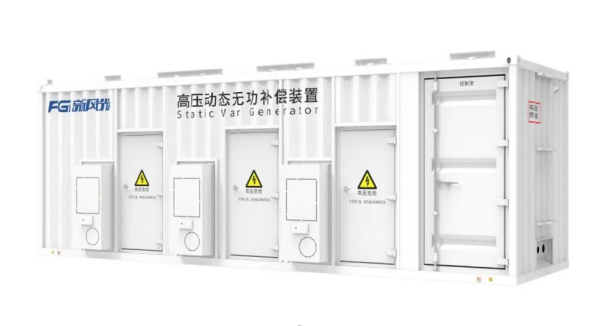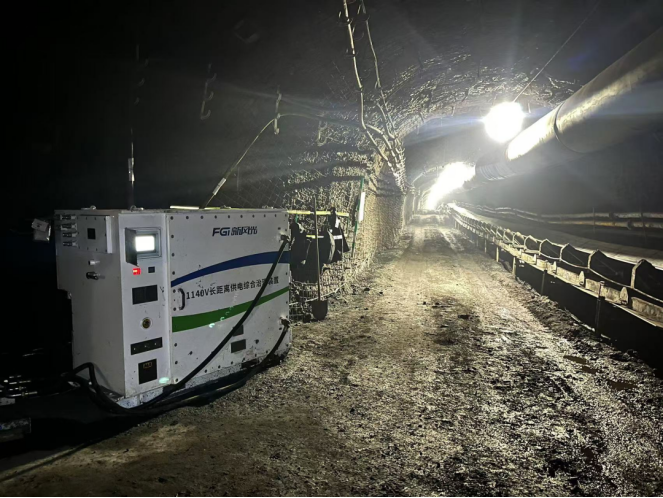-
-
Core manufacturer数字Our AdvantageApplicationOur honor certificate
-
Case classification

1.Line loss and line loss ratio
Line loss (referred to as line loss) refers to the power loss and energy loss and other losses generated by various components in the process of transmission and distribution of electrical energy.
Line loss is a comprehensive technical and economic index reflecting the production technology level and management level of power supply enterprises, which will directly reflect the professional technology and management level of power supply enterprises.
Line loss can not be measured directly, it is calculated by subtracting the power supply from the power sold.
The percentage of line loss to power supply is called line loss rate, referred to as line loss rate.
Line loss ratio is an important economic and technical index of power supply system, which represents the percentage of the electrical energy lost on the line to the electrical energy output at the first end of the line.
However, the line loss rate is rarely assessed by a line, and is mostly calculated by a power system or a power supply area.
The line loss rate can not only comprehensively reflect the power supply economy of a unit or a region, but also indirectly reflect the technical conditions and management level of power supply.
2.Generation of line loss
Electric energy is transmitted from the generation side to the demand side through the power grid and distribution network. Through all levels of booster transformers, all levels of transmission lines, all levels of step-down transformers to transport. At present, in our country, more through six transformer transmission, in order to transmit electric energy from power plants (stations) to all directions for consumption. The conversion efficiency of these two forms of energy is very high, but there is still power loss, and obey the law of conservation of energy, in addition, there are energy losses in the resistance and power supply enterprises caused by mismanagement of various energy losses.
3.Line loss classification
The power loss of the power network is referred to as line loss rate.
Line loss can be divided into three parts: fixed loss, variable loss and other loss.
Fixed loss:
As long as the equipment has voltage, it will consume electrical energy, and there will be losses. The fixed loss has nothing to do with the current or power through the device and does not change with the size of the load, so it is called no-load loss (iron consumption). It mainly includes the iron consumption of transformer, adjusting camera, reactor, arc suppression coil and other equipment
Variable loss:
It varies with the size of the load and is proportional to the square of the current. Therefore, it is also called variable loss or short-circuit loss (copper consumption). Mainly includes the transformer of the same good; Copper consumption of adjusting camera, voltage regulator, reactor, transformer, arc suppression coil and other equipment; Copper consumption of transmission and distribution lines.
Other losses:
Refers to the power in the transmission, transformation, distribution, electricity and other processes of some unknown losses, as well as in the power supply process in the gun, bubbing, dripping, leakage and other losses, collectively referred to as unknown losses or management losses.
It mainly includes the comprehensive error of the measuring device itself and the fault of the measuring device. Omissions, omissions, miscalculations, etc. in business work.
4. "Four points" line loss
Four-point line loss management refers to the comprehensive loss reduction management method, which includes the line loss management of voltage division, zone division, line division and station division. The so-called four-point management is mainly to calculate the line loss rate and analyze it according to four statistical methods.
First, partial pressure
Partial voltage management, as the name suggests, is the statistical analysis of line loss rate according to voltage level;
Ii. Zoning
Zoning management is mainly divided according to administrative areas;
Three, dividing line
Branch line management is mainly for the management of 10kV public lines;
Four, division of the platform area
Sub-station area management for public distribution management;
5.Loss reducing technologically
Install reactive power compensation device
The main reason for improving the power factor is to compensate the reactive power reasonably and effectively reduce the loss of the active power around the transformer when the active power is unchanged.
The heavy load line is divided
Split the load and reduce the current density of the line. By using the remaining outlet interval of substation, the line with heavy load and high loss is divided and reformed, and the line load is reduced by increasing the line outlet, so as to reduce the line loss.
6. FGI solution
High voltage static var generator

Long-distance power supply comprehensive management device

Please fill out the form below to request a quote or to request more information about us. please be as detailed as possible in your message, and we will get back to you as soon as possible with a response. we're ready to start working on your new project